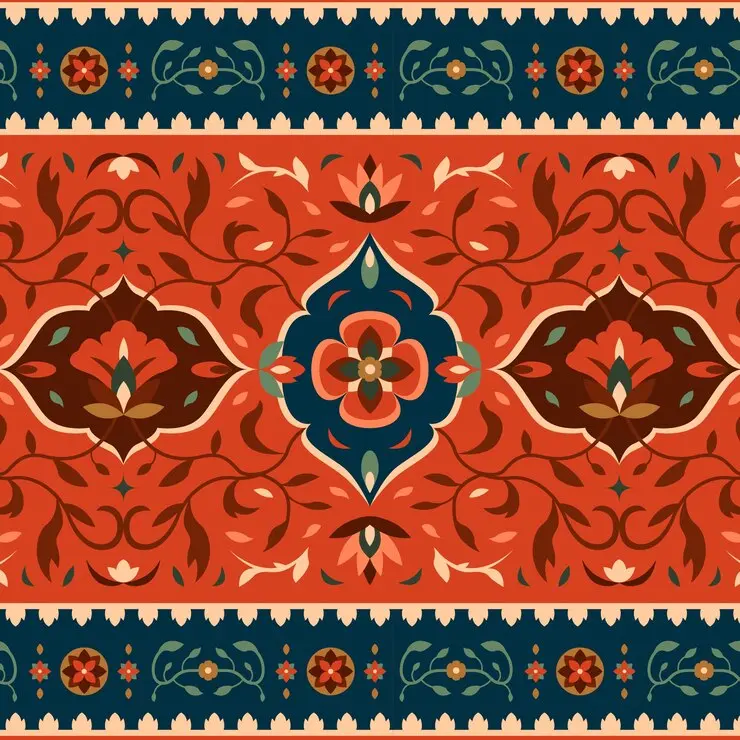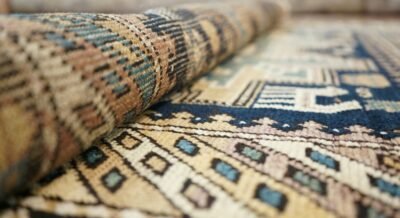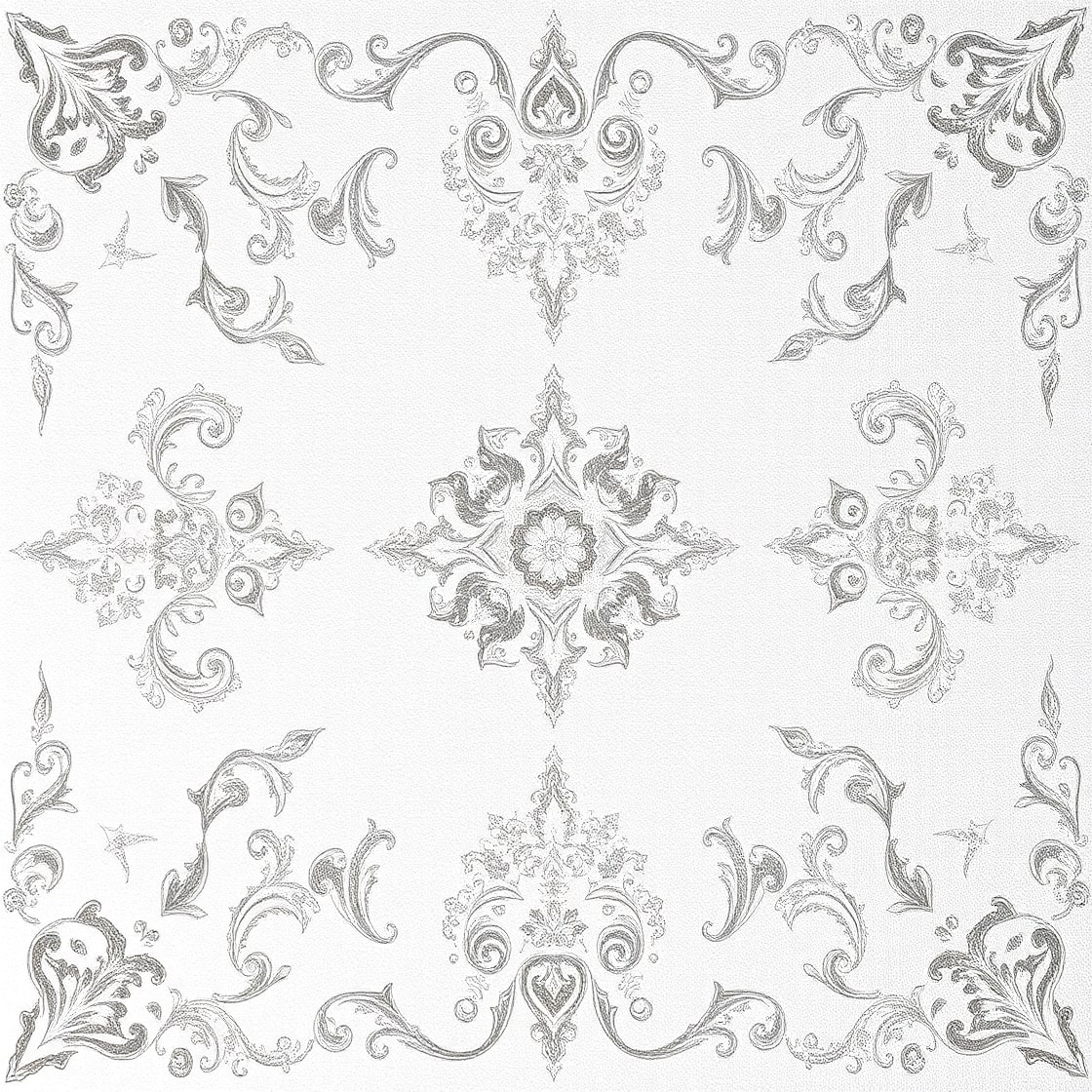Introduction
A Pakistani rug represents more than just a floor covering — it’s a symbol of cultural pride, craftsmanship, and timeless artistry. Known for their intricate designs, fine quality, and durability, Pakistani rugs hold a prestigious place in the world of handmade carpets. From the vibrant weaving centers of Lahore, Karachi, and Multan to the rural villages of Punjab and Baluchistan, every rug is a testament to the skill and dedication of local artisans who have preserved this centuries-old tradition. For a curated collection of genuine handmade Pakistani rugs, visit Shabahang Rugs.

The Rich History of Pakistani Rugs
The story of Pakistani rugs begins centuries ago, deeply influenced by Persian weaving traditions brought to the region by Mughal artisans. Over time, Pakistani weavers developed their own unique patterns and knotting styles, blending Persian elegance with local creativity. The city of Lahore became a key hub for rug production, known for designs inspired by Persian, Bokhara, and Caucasian styles. Today, Pakistani rugs are globally admired for their distinctive beauty and craftsmanship, standing among the finest handmade rugs in the world.
Designs and Patterns That Reflect Heritage
Every Pakistani rug tells a story through its intricate patterns and colors. Traditional Bokhara designs, with their repeated geometric motifs and deep red tones, are among the most recognized. Meanwhile, Mori, Jaldar, and Peshawar rugs are valued for their delicate floral details and soft color palettes. Whether the rug features bold medallions or subtle tribal patterns, each piece reflects the weaver’s artistic expression and regional identity. The combination of traditional symmetry and modern design sensibility makes Pakistani rugs ideal for both classic and contemporary interiors.

Materials and Craftsmanship
The exceptional quality of Turkish rugs comes from their materials and weaving techniques. Skilled artisans use high-grade wool, silk, or cotton, often dyed with natural pigments derived from plants and minerals. Each rug is meticulously handwoven on traditional looms, taking weeks or even months to complete. The double-knot technique not only enhances durability but also gives Turkish rugs their characteristic texture and detail. It is this dedication to craftsmanship that ensures these rugs stand the test of time, both in strength and style.
Materials and Weaving Techniques
The excellence of Pakistani rugs lies in their materials and craftsmanship. Most are handwoven using fine wool, cotton, or silk, giving them a luxurious texture and natural sheen. Artisans employ traditional hand-knotting methods, ensuring every rug is unique and durable. The number of knots per square inch often determines the rug’s quality — the higher the density, the more intricate the pattern. Natural vegetable dyes are commonly used, resulting in colors that age beautifully over time. This attention to detail and authenticity is what makes Pakistani rugs so highly valued across the world.
Why Pakistani Rugs Are a Great Investment
Beyond their aesthetic appeal, Pakistani rugs are a wise investment. Their handmade quality ensures longevity, and many even increase in value with age. The natural materials make them soft underfoot and resistant to wear, while their artistic charm enhances any home’s interior. A well-maintained Pakistani rug can be passed down through generations, preserving not only beauty but also cultural heritage.
Where to Find Authentic Pakistani Rugs
Authentic Pakistani rugs can be found in specialized rug galleries that value traditional craftsmanship and authenticity.
Related Posts
How to Clean a Persian Rug at Home
-
Posted by
 Ans Iqbal
Ans Iqbal - 0 comments
Restoring Navajo Blankets in USA
-
Posted by
 Ans Iqbal
Ans Iqbal - 0 comments
Kitchen Rug Customization
-
Posted by
 Ans Iqbal
Ans Iqbal - 0 comments
How Handmade Rugs Increase the Value of Your Home
-
Posted by
 Ans Iqbal
Ans Iqbal - 0 comments
Persian vs Oriental Rugs: Key Differences You Should Know
-
Posted by
 Ans Iqbal
Ans Iqbal - 0 comments
How to Choose the Perfect Persian Rug for Your Living Room
-
Posted by
 Ans Iqbal
Ans Iqbal - 0 comments
Why Wool Rugs Are a Timeless Choice for Every Home
-
Posted by
 Ans Iqbal
Ans Iqbal - 0 comments
The Art of Persian Rugs: Why Every Home Needs One
-
Posted by
 Ans Iqbal
Ans Iqbal - 0 comments
